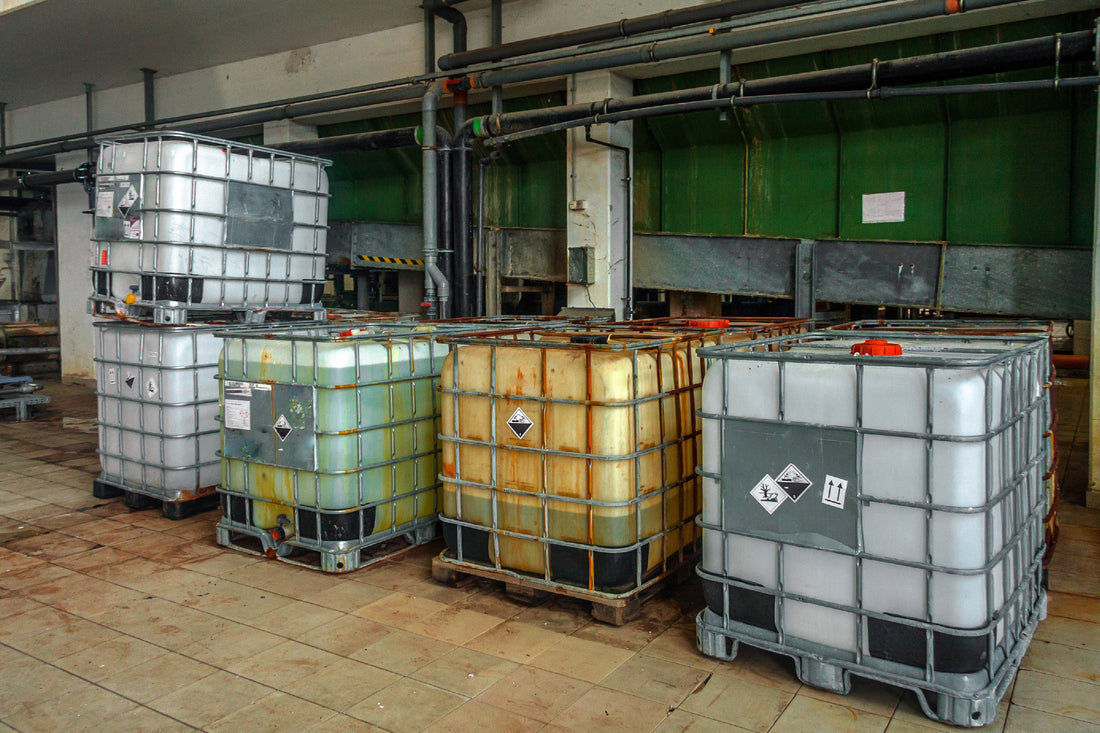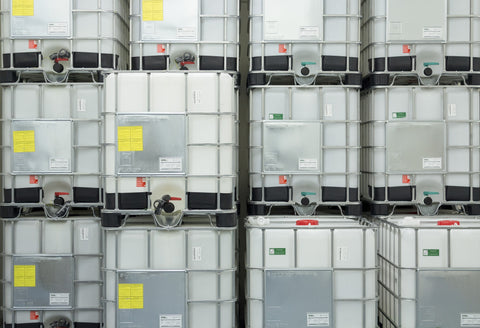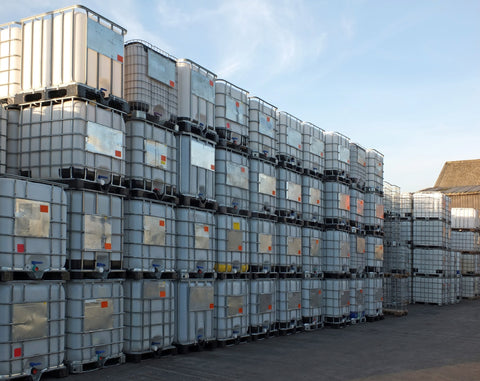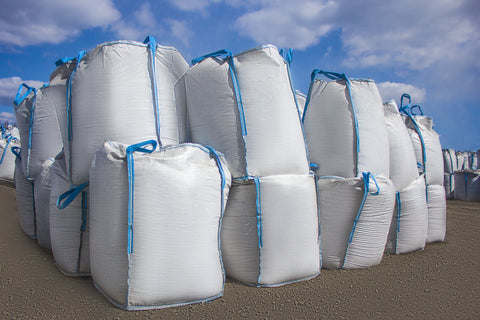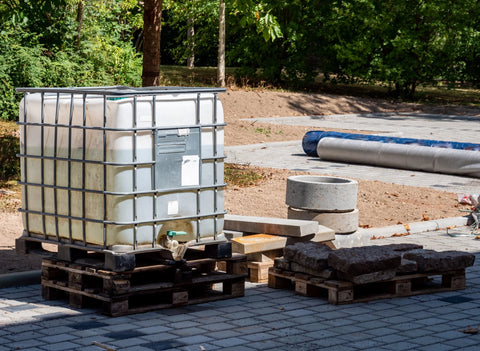Chemical totes, also known as intermediate bulk containers (IBCs), are widely used in various industries to store safely and transport liquids and bulk materials. They offer a convenient and cost-effective solution for handling chemicals, but one common question is, "How many gallons are there in a chemical tote?" In this article, we will delve into the world of chemical totes and decipher their gallon capacity to help you make informed decisions regarding storing and handling chemicals.
Understanding Chemical Totes
Before we dive into the gallon capacity, let's first understand what chemical totes are and why they are so popular in industrial settings. Chemical totes are large, reusable containers typically made of high-density polyethylene (HDPE) or other sturdy materials. They come in various sizes and designs, but the most common ones are cubic or rectangular, equipped with a pallet base for easy forklift handling. With a heavy-duty base, they remain highly durable and can fit many commercial applications.
Versatility and Benefits of Chemical IBC Totes
Chemical totes offer numerous advantages, making them a preferred choice for liquids and bulk materials industries. From their durability and stackability to their compatibility with different chemicals, we explore the reasons behind their widespread use.
While they continue to be beneficial for the most cost-efficient use to store liquids or other materials, each tote easily double stacks, saving companies money on freight costs and storage space costs. The high-density polyethylene and steel cage of most IBC tote sizes provides a long-lasting product that can stand up to rigorous standards.

Factors Affecting Gallon Capacity
The gallon capacity of a chemical tote is not arbitrary; it is determined by various factors. We explore the key considerations that manufacturers take into account when designing IBC tanks with specific gallon capacities.
Safety and Regulations
Safety is paramount when dealing with chemicals, and chemical IBC tote design and usage must adhere to strict regulations. We discuss the safety measures and regulations governing the manufacturing, labeling, transportation, and handling of chemical totes.
Choosing the Right Tote Size for Your Needs
Selecting the appropriate IBC tote size depends on the type of chemical, storage space, and handling requirements. We provide practical tips on how to choose the right gallon capacity that aligns with your specific needs.
Innovative Features in Modern Chemical Totes
As technology advances, so does the design of chemical IBC totes. We explore some of the innovative features and improvements in modern chemical totes that enhance their functionality, safety, and sustainability.
Best Practices for Handling Chemical Totes
Finally, we wrap up with essential best practices for properly handling, maintaining and disposing of chemical totes. Ensuring these guidelines are followed will not only extend the life of the IBC totes but also contribute to a safer working environment.
FAQs for Chemical IBC Totes
-
Q: What is the size of a typical chemical tote?
-
A: A typical chemical IBC tote has a gallon capacity that usually ranges from 275 to 330 gallons and is commonly designed with approximate dimensions of about 48 inches in length, 40 inches in width, and 46 inches in height.
-

-
Q: How many gallons does a chemical tank hold?
-
A: The gallon capacity of a chemical tank, which is not always the same as an intermediate bulk container, can vary widely depending on its size and purpose, ranging from a few gallons for small laboratory tanks to thousands of gallons for large industrial tanks. Common sizes for industrial chemical tanks often range from 1000 to 10,000 gallons.
-
-
Q: How big is a 275-gallon tote?
-
A: A 275-gallon tote typically has approximate dimensions of about 48 inches in length, 40 inches in width, and 46 inches in height, making it a relatively large rectangular or cubic container for storing and transporting liquids or bulk materials. Though for different sizes, IBC tote dimensions can vary widely, most have the same base dimensions.
-

-
Q: How many gallons in a chemical tote?
-
A: A chemical tote typically holds a gallon capacity that ranges from 275 to 330 gallons, although some totes may have higher capacities.
-
In conclusion, understanding the gallon capacity of chemical totes is crucial for efficiently storing and handling chemicals. Knowing the standard sizes available and the factors influencing their selection empowers industries to make informed decisions. By following safety regulations, adopting best practices, and considering innovative features, chemical totes can remain indispensable assets in various industries, ensuring the safe and effective transportation and storage of chemicals and bulk materials.


